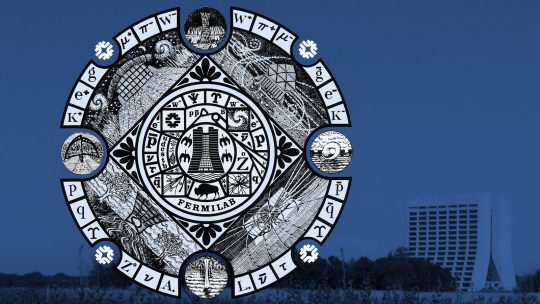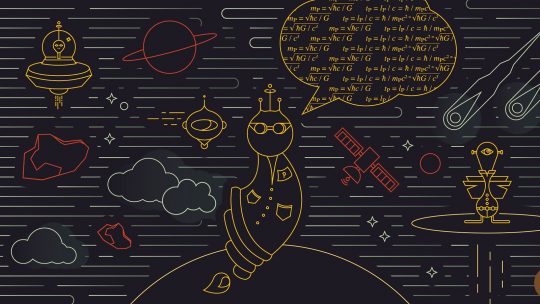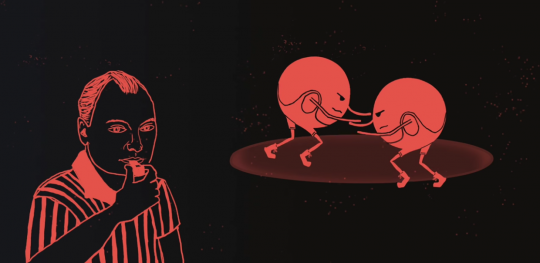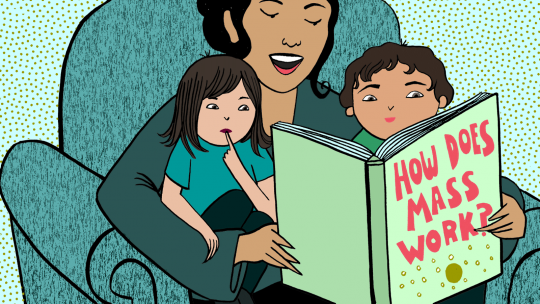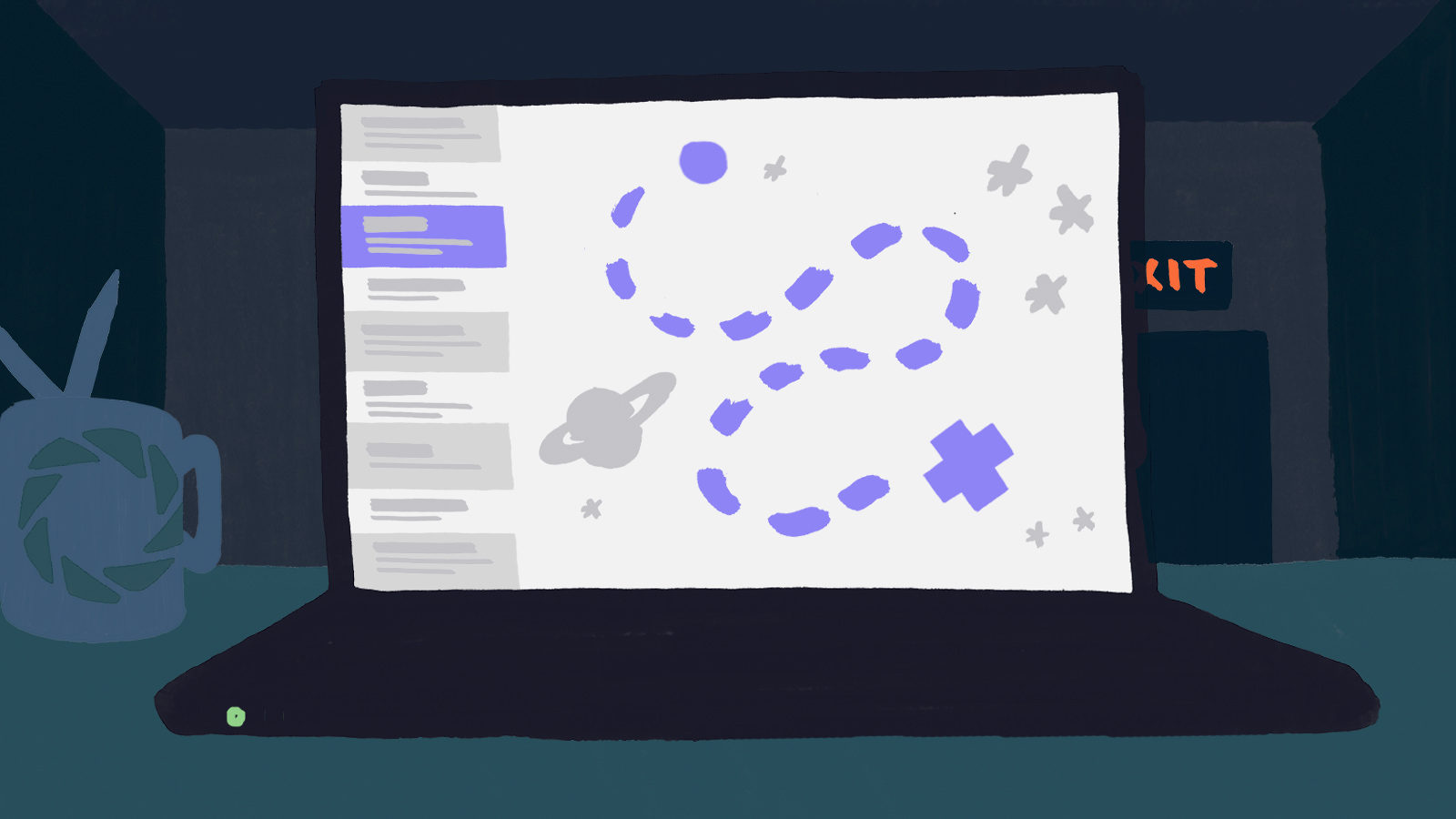2091 - 2100 of 2177 results
The Planck scale
The Planck scale sets the universe’s minimum limit, beyond which the laws of physics break.
Watch: an experiment to create and ‘taste’ neutrinos
From Cosmos Magazine, May 19, 2016: The most elusive particles in the universe – neutrinos – might not stay hidden for much longer. Testing for the Deep Underground Neutrino Experiment, or DUNE, began earlier this year.
Why do objects feel solid?
A reader asks, “If atoms are mostly empty space, then why does anything feel solid?” James Beacham, a researcher with the ATLAS Experiment Group at Ohio State University, explains in this two-minute video.
Fermilab scientists cautiously excited about possible new particle
From Voice of America, May 11, 2016: As the Large Hadron Collider returns to full operation, scientists at Fermilab, America’s premier particle physics lab, are excited about a tantalizing discovery made at CERN.
Mommy, Daddy, where does mass come from?
The Higgs field gives mass to elementary particles, but most of our mass comes from somewhere else.
Around the labs: A road trip to cryogenic facilities
From Cold Facts, April 20, 2016: Fermilab’s work on LCLS-II is highlighted in a round-up of cryogenic facilities at national laboratories.
Higgs Bison or Niels Bohrson? Twitter offers names for Fermilab’s baby bison
From Nature, April 29, 2016: A request to christen the newborn animal kicks off a flurry of physics puns.
Following LIGO’s treasure maps
Astronomers around the world are looking for visible sources of gravitational waves.
Bison at a physics lab
From The 21st, May 5, 2016: Check out this interview between The 21st and Rod Walton, Fermilab environmental consultant, as he helps us get better acquainted with the hoofed beasts that may soon be named the national mammal.

